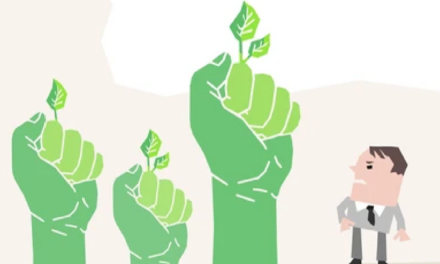
Hydroponic Farming: Turning City Buildings into Farms
Just as canals were repurposed to provide drainage, irrigation, water and hydroelectric power when the railroad proved to be a superior means for the transport of goods and materials, perhaps we will find that today’s office buildings will find a new purpose in hydroponic farming as a consequence of the diminishing need to house workers in a central location.
To view the full article please register below:
Hydroponic Farming: Turning City Buildings into Farms
In this era of hybrid work and working from remote locations, one lingering question is what happens to all those office buildings across urban and suburban America.
Just as canals were repurposed to provide drainage, irrigation, water and hydroelectric power when the railroad proved to be a superior means for the transport of goods and materials, perhaps we will find that today’s office buildings will find a new purpose in hydroponic farming as a consequence of the diminishing need to house workers in a central location.
Enter Hydroponic Farming
Hydroponic farming is the production of plants in an indoor, controlled environment. Hydroponic farming does not require the inputs of the sun, soil or pesticides. The sun, for instance, is replaced by LED lighting. The soil is replaced by a variety of mediums, like coconut husks. Plants get their nutrients from nutrient-infused water.
The produce is stacked upward rather than outward like a more conventional farm; thus, the term vertical hydroponic farming.
The end result is that can reduce land use by up to 90-99%, while increasing productivity.
Why Hydroponic Farming?
The fact is that 80% of farmable land worldwide is in use.1 The pursuit of fresh farm acreage usually involves the destruction of rainforests—an important consumer of carbon dioxide.
Moreover, food travels up to 2,500 miles to a consumer’s plate. Indeed, 95% of leafy greens come from two states: California and Arizona, both of which are under severe drought conditions.2
Aside from cutting down rainforests, our food production complex is exceedingly environmentally unfriendly when you consider the energy inputs involved in the production of pesticides and fertilizers, as well as the transportation of the product to market. There is also a significant environmental cost to the run-off of pesticides and fertilizers into the water supply and wildlife habitats.
Hydroponic farming turns agriculture on its head by locating “farms” near the consumer of these products, making the delivery of produce fresher and more energy efficient.
Challenges Lie Ahead
Hydroponic farming can be expensive, and its carbon footprint today is not immaterial. The industry is addressing these challenges; but for now, given the elevated costs, the focus has been on high margin herbs and produce that have a short growing period, like lettuce.
Converting an existing building to a hydroponic farm is expensive, which makes building a new structure designed for hydroponic farming more cost effective—for now.
Nevertheless, it’s happening. The largest indoor urban farm in North America is located in a former steel mill in Newark, New Jersey. Another such example is the Pasona Urban Farm in Tokyo, Japan, which currently grows 200 species of fruits, vegetables and rice in its nine-story building.
Source:
Please reference disclosures: https://blog-dev.americanportfolios.com/disclosures/












